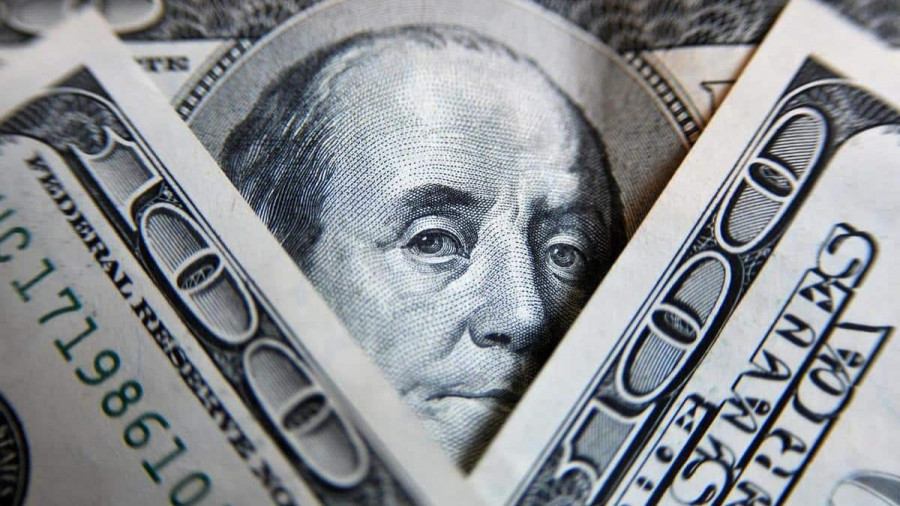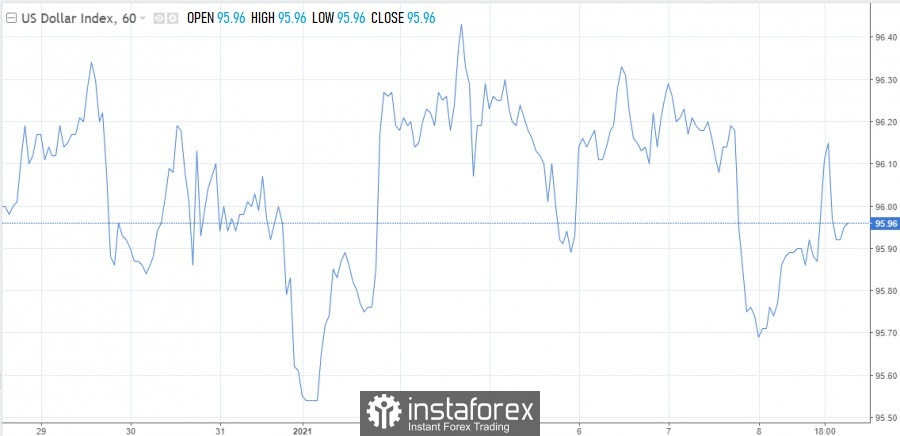

The world's central banks will be forced to act in the coming year due to inflation, but is it worth it? Already, expectations in the markets are fluctuating, this can be clearly seen from the dynamics of the dollar.
So, the Federal Reserve abruptly changed its rhetoric last year, and in the new year (2022) it continued to bend the hawkish line. Unexpectedly for investors, a discussion of reducing the balance sheet was launched. If you pay attention to previous experience, you can understand that the issue was raised much earlier than in previous similar episodes. Switching modes was much slower. For example, it could take about two years between the start of the reduction of purchases on the balance sheet and the beginning of its reduction. Markets, the economy and the central bank have always been given time to adapt. The lag between a correction in monetary policy and the peak of its impact on the economy often exceeds six months.
Now the US central bank is trying to "drive horses". In addition, it moved too abruptly from denying the problem with inflation to using the entire arsenal to fight it. Will the Fed's overly hawkish plans eventually turn into a big risk for the economy?
December labor market data indicated a continued slowdown in employment growth. The indicator of 199,000 was the weakest in the last 11 months and twice lower than the forecast value. The decrease in unemployment to the lowest since the beginning of the pandemic - 3.9% - shows a decrease in the number of job seekers. All this does not allow us to hope for an increase in consumer spending, and the economy, thus, may lose the largest pro-inflationary factor.
In this regard, it is worth paying attention to another factor: last week fertilizers were cheaper at a record pace for many years. At the same time, prices for container transportation have moved away from recent peaks, and logistical problems have gradually begun to fade.
Meanwhile, the markets are looking for a faster increase in the key rate in the US, the probability of its increase in March is estimated at 70%. The markets also began to speculate about a rate hike at each subsequent meeting. This has not been backed up by anything yet, but nevertheless there are conversations going on. If so, then such harsh measures by the Fed can turn into a real shock for the economy and put it into recession, instead of putting it on the rails of growth.
As for the European Central Bank, it does not want to curtail incentives. It is unlikely that ECB President Christine Lagarde and her team will decide to act as quickly as the Fed. If nothing changes, the ECB will stand its ground, and the Fed will prepare for an emergency rate hike and an accelerated transition to the stage of reducing the balance sheet, then the dollar still has good reasons for serious growth.
Be that as it may, weak Nonfarm slightly lowered the investors of the US currency from heaven to earth. Perhaps the markets really went too far in their beliefs and jumped over their heads. In this case, it will soon be possible to observe the reverse process - a softening of expectations regarding the timing of the rate increase and, consequently, pressure on the dollar.

According to ING, the release of the US consumer price index this week should add more arguments in favor of the Fed's hawkish policy. The dollar should play a role in tightening the PEPP, and its downward correction can be used for more profitable purchases.
A number of Fed representatives are also scheduled to speak this week. Fed Chairman Jerome Powell will address the Senate Banking Committee on Tuesday. In the following days, Loretta Mester from the Cleveland Fed, Esther George from Kansas City, Charles Evans from Chicago, James Bullard from St. Louis, Thomas Barkin from Richmond and John Williams from New York can shed light on the Fed's next steps.
In addition, Joe Biden is due to appoint three members to the Fed's board of governors this week. Progressive candidates are expected to be nominated. The event was planned last week, but a snowstorm made its adjustments – the Federal Government was not working on Friday.
The dollar index on Monday was able to recover and grow above 96.00, however, a failure was again observed in the American session. Everything will depend on the further mood, if the bulls manage to keep control of the situation, the index will have a chance to test 96.46 and then 96.90.
While the dollar index is trading above the 4-month support line around 95.00, the outlook remains positive.
The EUR/USD pair still does not give a clear direction, staying in a long-worn trading range. Technical indicators have lost their bullish mood, there is no interest in purchases. Long-term moving averages remain bearish.
Support levels are marked at 1.1305, 1.1260, 1.1220. Resistances - at 1.1345, 1.1385 1.1410.